The chance to help put Bibendum together again after the collapse of Conviviality PLC was too good an opportunity for former chief executive Michael Saunders to turn down, particularly with the support and strength of C&C Group behind it.
Whether it’s an ex partner, a former company, or a previous football team it’s often widely said it’s best not to go back. Whatever reason you left will soon rise to the surface however much the romance or the appeal there is for you to go back to what might have been past glories.
Well, its’s a case of so far, so good for Michael Saunders. The former head of Bibendum Wine who returned just over a year ago to take charge of the company he had left under its previous owners, Conviviality PLC, before its subsequent collapse and then rescue act by Ireland’s C&C Group.
In fact only a matter of months had elapsed between Saunders formally leaving what had become a consultancy role at Bibendum, before he was asked to return by C&C and lead the company through what is arguably the most important stage in its history.
It was very much the right opportunity at the right time for both parties. For C&C, Saunders was seen as the perfect management solution with the right “industry experience” and “knowledge” to “restore confidence with employees, customers and our partner suppliers,” according to chief executive, Stephen Glancey.
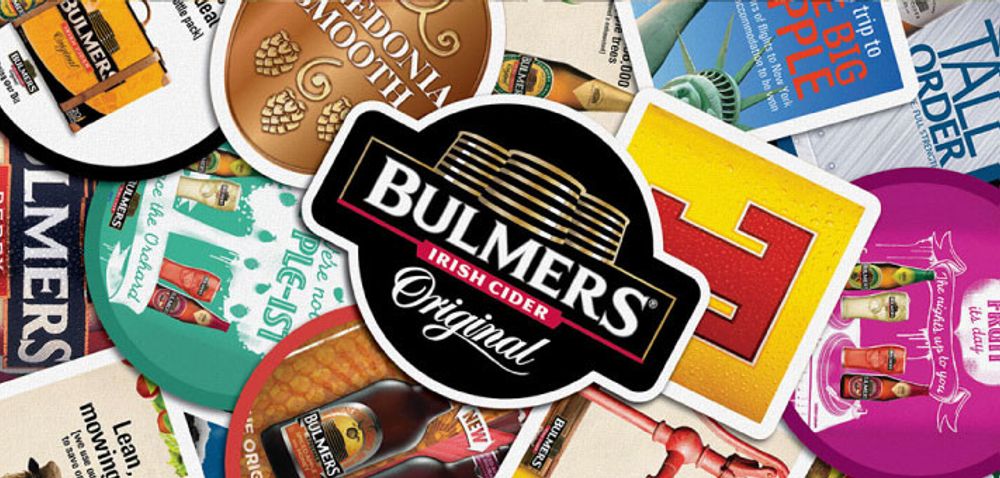
C&C has a number of major power brands behind it which in turn give Bibendum so much more security
For Saunders the call to return could not have better timed. Even in the short months he was out of work he realised how much he missed the day-to-day of management and leading a team. It’s certainly uplifting to hear him describe his time back at Bibendum as “being the most rewarding 12 months of his career”.
In part one of our analysis of Saunders’ return to Bibendum we looked in detail at how C&C has worked with the management teams at Bibendum and Matthew Clark to first “stabilise” and then look to grow the respective businesses.
Much of which rested on getting the basics of drinks distribution right and restoring confidence right through the company’s supply chain. From the producers and suppliers who had their debts and stocks repaid within nine months of C&C taking over, to the customers who were able to once again enjoy 95% plus availability and delivery rates, says Saunders.
The fact C&C can now claim in its annual report that the respective management teams have “made excellent progress in stabilising these businesses, with operational performance and customer service now fully restored” is good news for the industry as a whole.
The Saunders factor
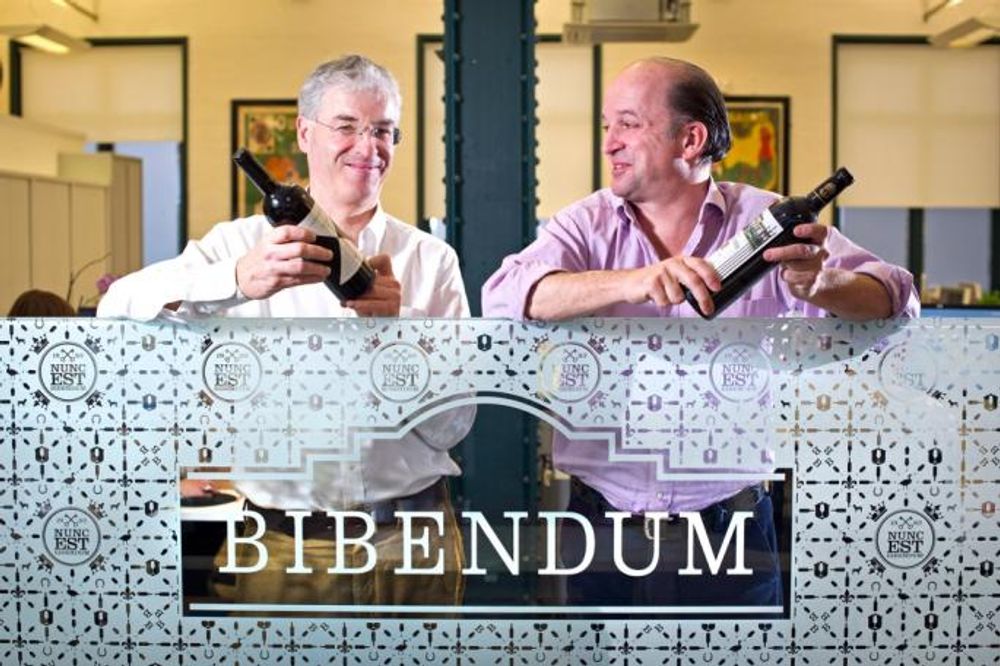
Back in the day: Michael Saunders with fellow director Simon Farr
Whilst coming back to help lead Bibendum’s recovery was, on paper at least, an easy decision for Saunders to make, he says he was “absolutely determined not to make this a pastiche of what it was before”. “I am not here to re-write history, but do something great to help this business,” he stresses.
His relatively short time away from the business was time enough for Saunders to realise he was not cut out for a career as a consultant, mixing rounds of golf with non-exec roles. He quickly realised he did not like being out of work.
“When I was away from the business I learnt quite a lot about myself. Some of which were good, some of which were less good, if I am being candid,” he admits.
“The first thing was I didn’t like not having a full time job. I learned that I like being part of a team, and I like leading a team and I missed that really badly. It’s also a bit of a business cliche, but I figured out very quickly that being stripped away from my work left me quite exposed. Particularly when I went through that thinking process of ‘who am I?’ and ‘what am I?’. I realised my work slightly defined me, it is what I have done since I was 18. To have that suddenly fall away was a bit of a wake up call for me, actually,” he adds.
He remembers a column in the Sunday Times written by business entrepreneur, Luke Johnson, who described how long time company executives who suddenly leave a business they have helped build, often feel like they have been bereaved when they depart. “I actually emailed him and said he’d summed up precisely what I was going through. He replied saying: ‘You’re not the only one’.”
Coming back
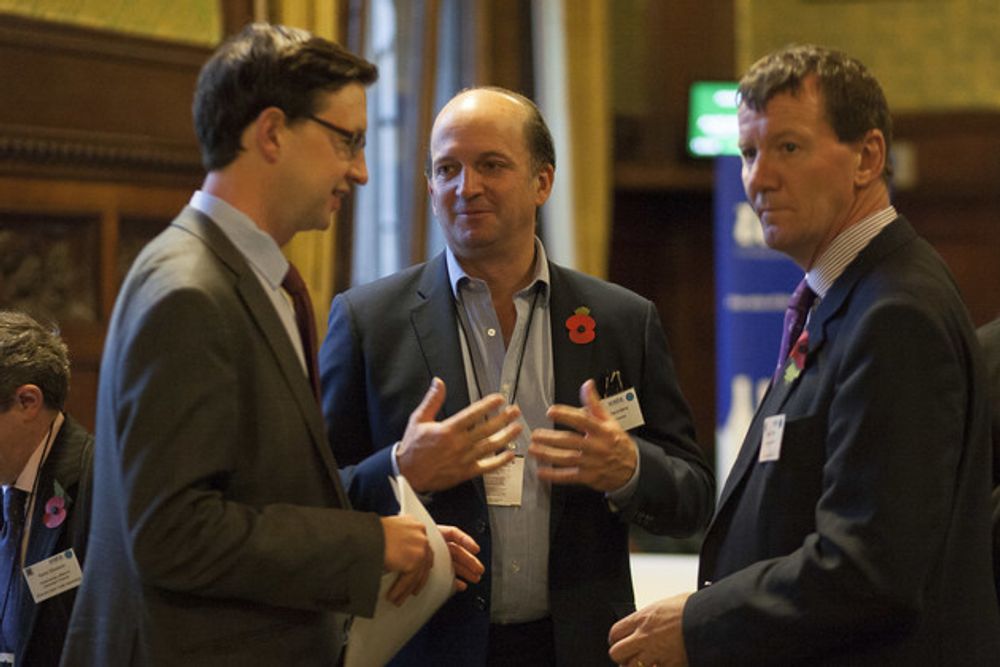
Michael Saunders has always played an important role working with trade bodies such as the WSTA – so it is no surprise to see him follow Dan Jago as its chairman for the next three years.
Clearly his first objective was to get the business back on an even keel again. But there was then a unique opportunity, thanks he says, to the formidable backing of C&C, to then really think about how he wanted to shape the business Bibendum for the future.
Which for Saunders has meant taking a deliberate step back from the minutiae detail of the day-to-day business. “I used to be that typical person who wanted to have my nose in every single decision, every single nuance of the business. I decided not to do that this time and to delegate far more to my team,” he says.
The key is finding the right balance between offering “support” to his team rather than working right alongside them.
Saunders also has the advantage of having a ready made management team in place that he knew inside and out and, for the most part, had helped recruit.
Part of that team was soon to move on when Ants Rixon and Sam Thackeray left to join Enotria&Coe. Whilst Saunders was sorry to see them go, and wishes them well, it also, he says, gave him the chance to “re-evaluate” and “pro-actively” think about his top management team and give the opportunity to reward and promote what he calls the next “generation”. Not in terms of age, but more their opportunity to have a bigger impact on the business.
“We have been able to give people a lot more responsibility and that’s really exciting,” he says.
Whilst he is not in a position to release actual sales and profit figures, he says the steps taken over the last few months means it is “in growth year-on-year – quite good growth actually”.
“Given where we were 12 months ago, that’s a fantastic performance,” says Saunders, pointing in particular to its customer service levels which he says have gone from “poor” to “excellent” for “availability” and “on time”.

Part of Bibendum’s turnaround had been getting supply and availability back over 95%
Which, in turn, has meant re-energising the service it was getting from its dedicated logistics supplier, Tradeteam. A task that was top of the list for James Kowszun, Bibendum’s former chief operating officer, when he joined Saunders in returning to the business last year. Saunders now says availability and service levels are now back at 95% plus.
“I have always believed you should outsource expertise. What you have to do is make sure you then work very closely with the people you outsource that expertise to, in order to get the service that you need,” he says. “That’s what James has done very well.”
Re-evaluating Bibendum
He also admits it has been a time for many of its customers to “re-evaluate” what Bibendum meant to them and what they are using the company for. “They had us in a particular box,” explains Saunders.
“I am desperately keen that thought leadership is a really important part of what Bibendum should be about. It was before, but it got lost. It’s also not the most radical thing to put back in place. Part of it is just trying to say to people outside the business that this is who we are, this is how we think. We are not always trying to sell things,” he explains.
He admits “he had to work quite hard when he came back to get people in the business to understand what the benefits of that were”.
All in all it means Bibendum is now in a position to give back and reward its suppliers, customers and staff for the loyalty they showed in its darkest days, claims Saunders.
“We are giving them all a great service again. Our suppliers have all been paid and staff feel really secure because we have the support of C&C behind us,” he says.
Separate from Matthew Clark
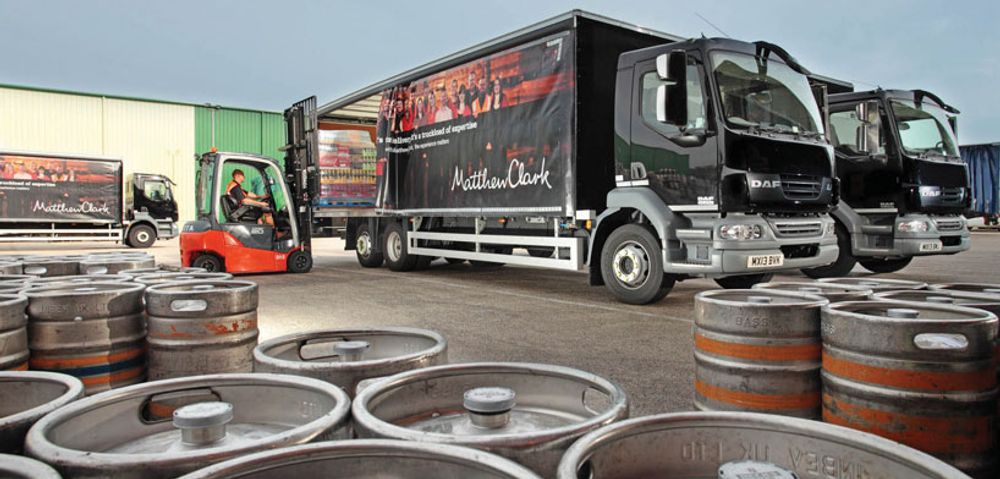
Bibendum and Matthew Clark may be part of the same company but they are now run separately with own sales targets
Part of the turnaround strategy has also been disentangling itself from Matthew Clark so they can be run as two separate business units. Saunders admits it has been “quite hard work”, but “is about 95% done now”.
“A lot of what was called integration was not done terribly well. So we have had a lot to sort out. But we’ve broken the back of that. We have not gone back to how it was all done before, but rather how do we wan to do things now. But yes, essentially, we have unwound so we are our own unit under the umbrella of C&C. Which has been challenging.”
But it has been vital in giving Bibendum staff better access to the systems and processes that can help them do their jobs more effectively, and offer the right service levels to their customers. Clearly one of the major issues in the dying days of Conviviality.
A Bibendum group that itself will continue to be split into its different business units: off-trade, run by its PLB division; independent merchants and Walker & Wodehouse; and on-trade through Bibendum. With buying across all three headed up by Andrew Shaw.
Multi channel and services business
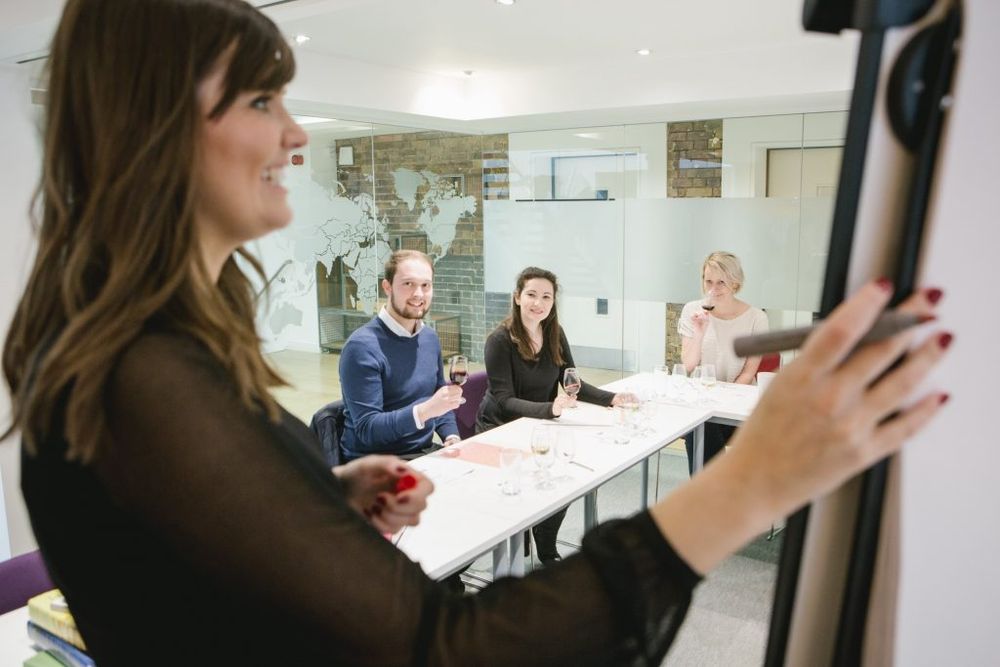
Training, like here with Bibendum’s Julia Bailey, is a key part of what national drinks distributors now offer both to their customers and their staff.
Saunders is also crystal clear what C&C expects from him and Bibendum. “They clearly see us as their premium distribution arm. A business that can create them value by re-establishing its deep roots within the industry. Which we have done pretty much. The opportunity is now there to open up new routes to distribution for them,” he explains.
It’s not just the multi-channel approach that is important, but the diversity of services it can offer potential customers, he adds.
The ideal relationship with a new customer would be one that was willing to “use all the services that we offer”. “It makes for a better business for them and it certainly makes for a better business for us and helps drive a better relationship between us,” he explains. “In the on-trade that is everything from the product, to the range, to the market insights, that no-one else gets anywhere close to, to the training, design and customer marketing team.”
In an on-trade sector that is not performing as well as it has, he urges restaurants and bars to work with a “supplier that can help make their business better”. “The reason we are doing well again is because people are beginning to see that we do have things to say that others don’t.”
Which equally throws the challenge back to Bibendum to work more creatively with its customers. Like developing wine by the glass menus that work on a cash margin. For the recent English wine week Bibendum worked with The Ivy Group to create a separate English only wine list.
Data driven approach

Data driven trends analysis is one of Bibendum’s key points of difference
“The difference now,” argues Saunders, “is we have a quantum of data that no-one else can have from right across the country. We can use that data to help restaurants make better business decisions.”
User data, across beers, wines and spirits, it is now able to draw from all of C&C’s different divisions, including Matthew Clark, Gilbey’s and Tennents, in the UK and Ireland.
It’s an approach that C&C not only backs, but is “redoubling its efforts with data across the group,” says Saunders.
It can now analyse and assess sales data out to the 35,000 licensed outlets that C&C supplies every week, and then add in, redacted, till data from outlets to see what is selling and give advice to outlets how they are performing.
That’s not to say data rules the roost. You still have to apply your personal experience and market knowledge to the trends that data throws up, stresses Saunders. It is what he calls the “so what?” question. How relevant is this data to its business and its customers? How can it help a customer with their pricing and sales strategy?
“We are trying to play our role in encouraging that debate. At the end of the day we are a sales company so we are looking at all things that can be commercially relevant,” he stresses.
All about the future
Now that the hard work turning around the business is effectively done, the opportunity now is all about the future.
Saunders explains: “ We are on a very clear path here. We have done the recovery phase successfully. We are now going to show a pair of heels to our competitors and I think we have all the tools in the box to do that and that’s incredibly exciting. It’s a new chapter.
“I am not thinking of myself as being 37 years in (to the business), I think I am one year in. For the team and for myself that’s really exciting.”
- You can read part one of The Buyer’s analysis into how C&C and Michael Saunders have helped turn around Bibendum here.








































